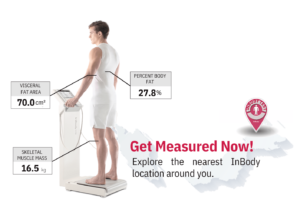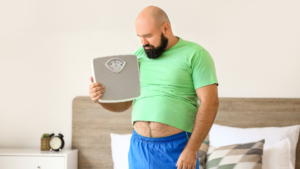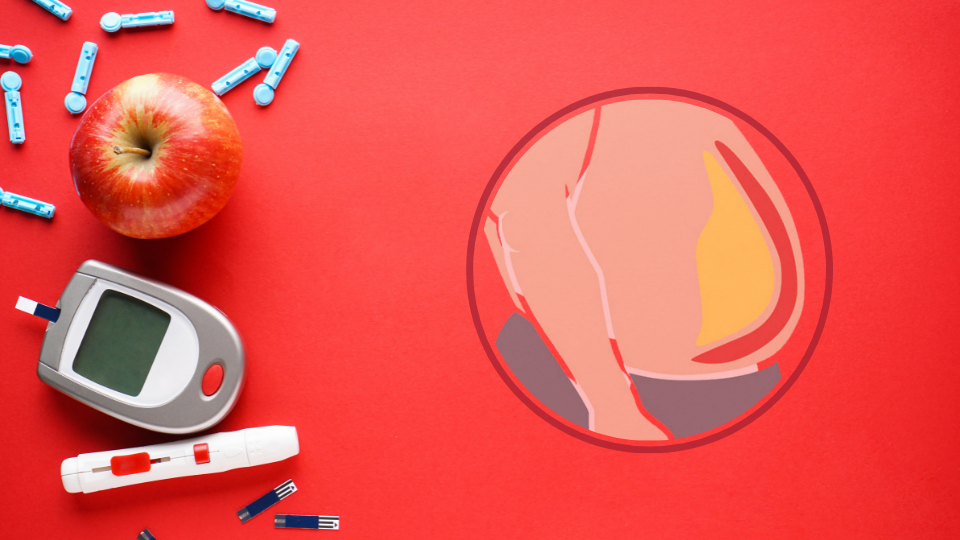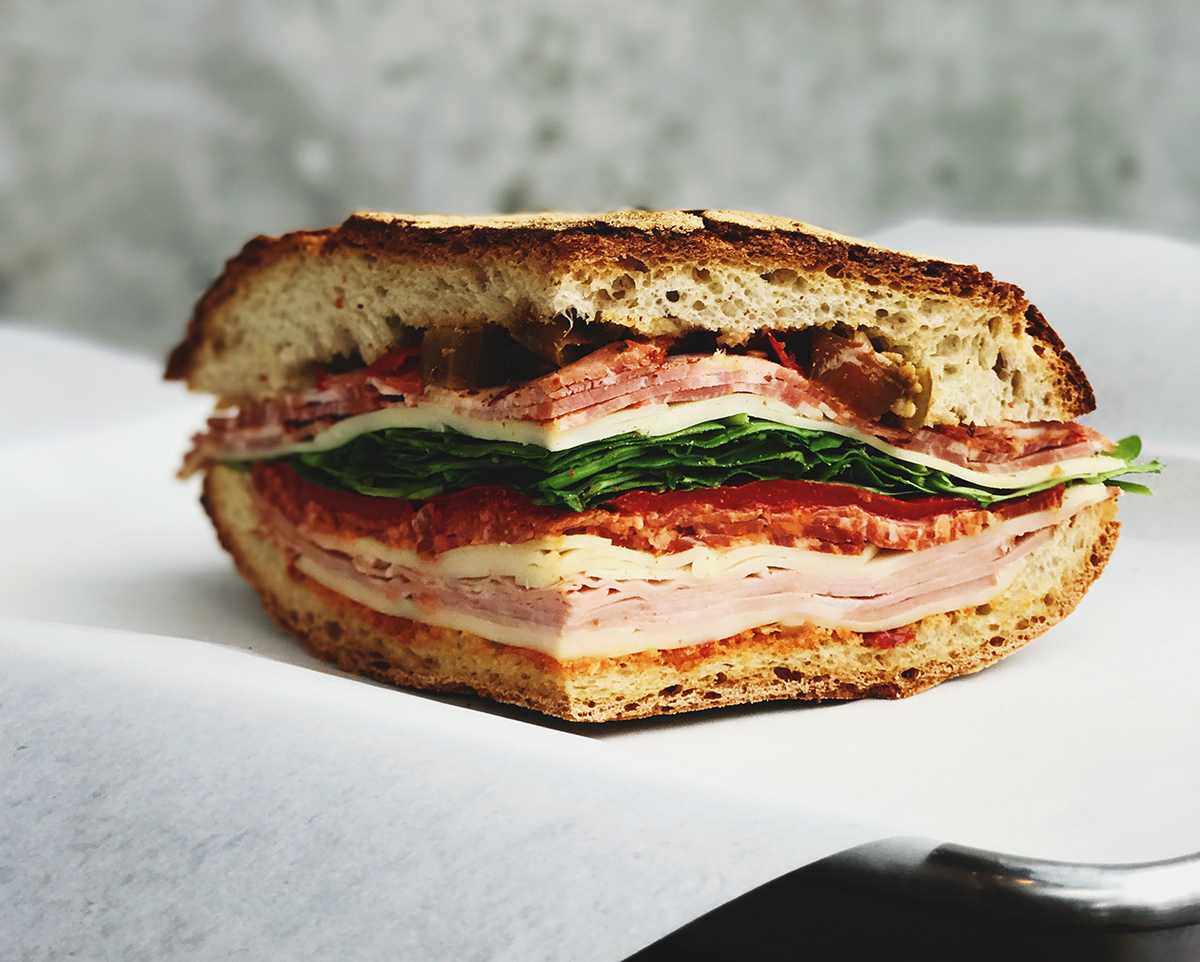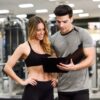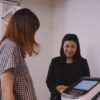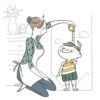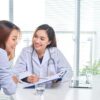
Outline
Step-by-Step Application of InBody in Aesthetic Clinics
Step 1: Pre-Test Preparation
Step 2: Conducting the Test
Step 3: Data Collection and Analysis
Step 4: Interpreting the Results
Step 5: Integrating InBody Data into Treatment Plans
Incorporating InBody into Your Clinic’s Services
Advanced Interpretation of InBody Data in Aesthetic Clinic Practice
Conclusion
In today’s aesthetic and wellness clinics, understanding and managing body composition has become increasingly important. The InBody body composition analyzer, a cutting-edge tool, is revolutionizing how you can offer personalized care to your clients. In this guide, we’ll explore the step-by-step application of InBody in aesthetic clinics, emphasizing its benefits, usage, and interpretation of results.

What is an InBody test?
InBody is a medical device that measures body composition through a method called bioelectrical impedance analysis (BIA). This advanced method sends a small alternating current through the body, enabling precise measurements of body composition, including fat mass, water content, lean mass, and cell’s integrity.
By stepping on the InBody device for less than 1 minute, you can obtain a detailed body composition analysis with a comprehensive breakdown of muscle, fat, and water distribution in the body, which is crucial for tailoring client treatments in aesthetic care.
Integrating the InBody device into your services gives you a more nuanced understanding of each client’s physical makeup, allowing for more customized and effective treatment plans. This not only enhances the accuracy of weight and body fat measurements but also informs decisions regarding water retention, muscle mass, and fat distribution, empowering you to guide clients more effectively towards their body physique goals.
Step-by-Step Application of InBody in Aesthetic Clinics
Step 1: Pre-Test Preparation
Before conducting an InBody test, certain preparatory steps are necessary to ensure accurate results. These include maintaining normal fluid intake, avoiding heavy meals or exercise for a few hours prior to the test, and removing any accessories that might interfere with the test.
Learn the tips for getting the accurate InBody results
Additionally, it is recommended to conduct the InBody test before starting any treatment or service. This ensures that you obtain the most accurate result, as it reflects the client’s body condition in its normal state.
Step 2: Conducting the Test
The test process is straightforward. Clients stand on the InBody machine and hold onto its handles. The device sends a low-level electrical current through the body to measure impedance in different body components.
Step 3: Data Collection and Analysis
Once the test is completed, InBody machines provide a detailed printout or digital report. This report breaks down the client’s body composition into muscle, fat, and water content, alongside other valuable metrics.
Step 4: Interpreting the Results
Clinicians interpret the results to provide clients with insights into their body composition and how it relates to their overall health and aesthetic goals. The InBody report breakdown is easy to understand and can be clearly explained to clients. This helps them grasp the importance of your treatment in your clinics.
Step 5: Integrating InBody Data into Treatment Plans
The final step involves using the InBody data to create or adjust treatment plans. This might involve targeting specific areas for fat reduction treatments, muscle stimulation, adjusting dietary recommendations, or modifying fitness regimens.

Incorporating InBody into Your Clinic’s Services
- Enhanced Client Satisfaction: InBody provides tangible, objective data that can be used to track the progress of treatment over time. With detailed information on body composition, clients will be able to understand and be more convinced of the reasons behind the treatment plans that you have suggested to them.
- Improving Treatment Deals: Ensure that all staff members are trained to operate the InBody machine and interpret the results accurately. This will enable you to teach the staff how to suggest treatment plans in a more reasonable way based on clients’ body composition data, leading to more effectively targeted and improved deals.
- Marketing and Promotion: As InBody is a well-known product in the beauty and fitness industry, it can be used as a marketing tool to attract clients who are interested in personalized health and aesthetic services.

Advanced Interpretation of InBody Data in Aesthetic Clinic Practice
In aesthetic clinics, the detailed data from InBody assessments can be leveraged to design highly personalized treatments. Here’s an expanded look at key metrics provided by InBody and their application in aesthetic practices:
- Skeletal Muscle Mass (SMM): This metric indicates the amount of muscle attached to bones. In aesthetic clinics, understanding a client’s SMM is crucial for body contouring and sculpting treatments. A higher SMM often correlates with a more toned appearance, guiding the focus of muscle-enhancing or fat-reduction treatments.
- Percent Body Fat (PBF): PBF shows the proportion of a person’s weight that comes from fat. It’s a critical measure for weight loss and body-sculpting procedures. Clinicians can use PBF to identify areas of excessive fat accumulation and tailor nonsurgical fat removal treatments like cryolipolysis.
- Segmental Lean Analysis: This provides a breakdown of muscle distribution across the body, including each limb and the trunk. In aesthetic clinics, this data is invaluable for identifying muscle imbalances or areas needing enhancement. For example, if one arm or leg shows less muscle mass, targeted treatments or exercises can be recommended to achieve symmetry.
- Basal Metabolic Rate (BMR): BMR is the number of calories the body needs to perform basic functions at rest. It’s a valuable metric for designing weight management programs. Clients with a lower BMR might require different dietary or exercise recommendations compared to those with a higher BMR.
- Body Water Analysis: Understanding a client’s hydration levels and water distribution is crucial for skin health, recovery post-treatment, and overall well-being. The ECW Ratio provided by InBody can help detect edema and post-procedural fluid retention. It can also be used to check for any risks of whole-body and localized inflammation.
- Body Composition History: Tracking changes over time allows clinicians to monitor the effectiveness of treatment plans and make adjustments as needed. This historical data provides a comprehensive view of a client’s journey, enhancing the personalization of care.

Conclusion
InBody represents a significant advancement in the field of aesthetic wellness. By providing detailed, accurate, and personalized body composition data, it empowers clinics to offer better, more targeted treatments.
Navigating higher sales in the aesthetic industry can be quite challenging, but with the help of InBody, you could achieve remarkable success with your client’s physique goals. Our team of dedicated InBody specialists are here to guide you every step of the way.
Take the first step towards boosting your sales by contacting our InBody specialist today. They will provide you with valuable insights and personalized solutions tailored to your specific needs. Don’t miss out on this opportunity to take your business to new heights!
Redeem your one-week free InBody970 trial at your clinic!








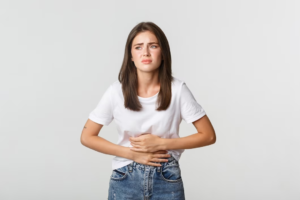







 According to the image above, which is part of the sample printed result sheet, this normal weight child has a higher Body Fat Mass than the normal range according to the child’s gender and height.
According to the image above, which is part of the sample printed result sheet, this normal weight child has a higher Body Fat Mass than the normal range according to the child’s gender and height.